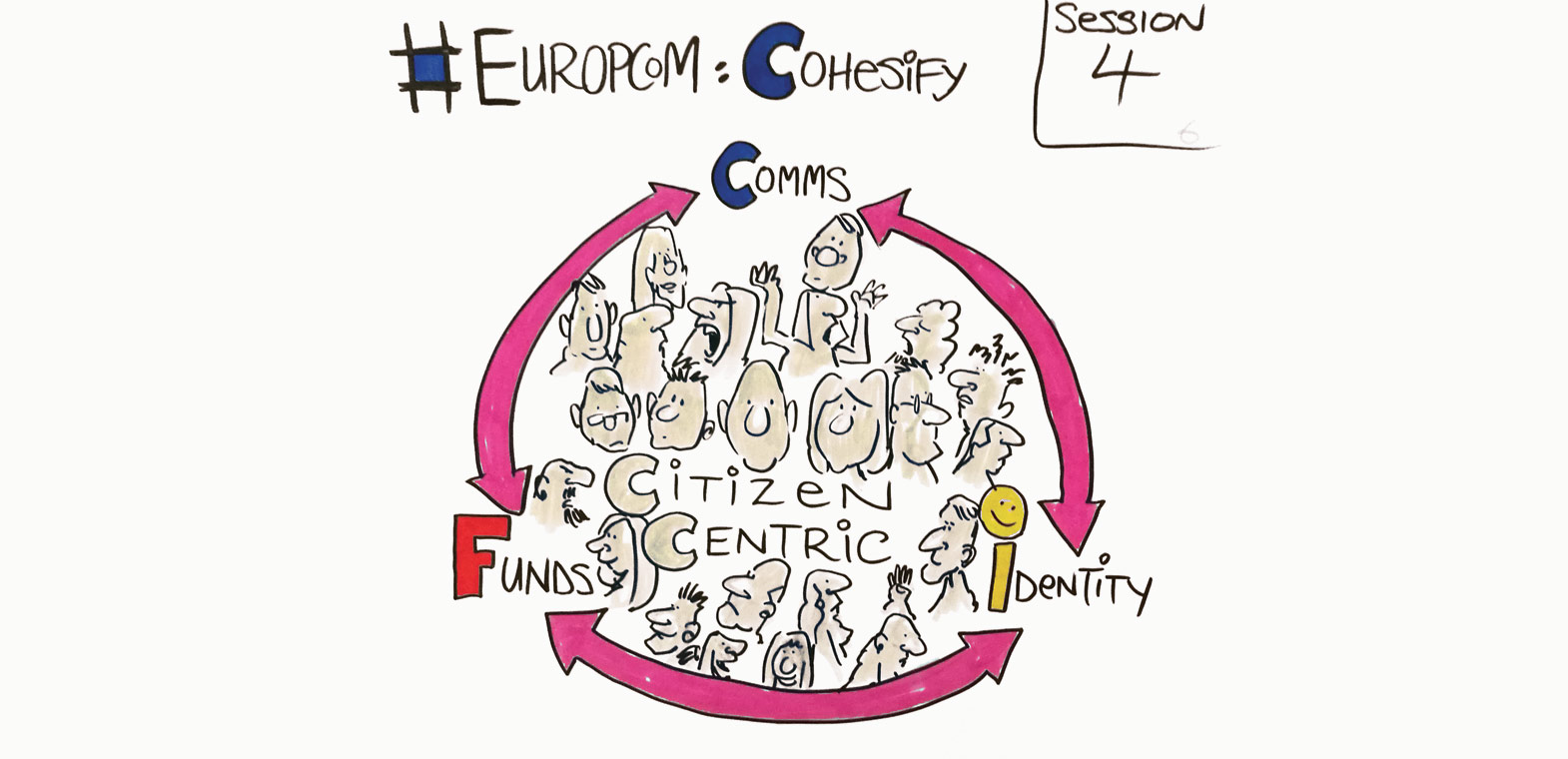
How to communicate the EU – reflections after Europcom 2016
November 2, 2016
Party Positions and European Integration
November 9, 2016
While the EU has no formal competence on urban policy, cities are an increasingly important and explicit target of its policies, not least the EU Cohesion Policy. More than two thirds of EU citizens live in urban areas and that share is set to grow further. Cities are Europe’s core hubs for economic growth, innovation and employment.
However, at the same time cities magnify some of the key challenges that Europe faces, from environment, social deprivation, quality of life, mobility, to integration of migrants and refugees. The importance of cities for Europe’s future is reflected in recent European strategies and agreements such as the Leipzig Charter on Sustainable European Cities, the Toledo Declaration or the most recent Urban Agenda for the EU, adopted under the 2016 Dutch Presidency, acknowledging the cities as focal points for economic development and as actors with a key responsibility in achieving territorial cohesion and the EU’s strategic goals.
This in turn resulted in a pledge for boosting the urban dimension in Cohesion Policy as well as the development of national urban policies across all the Member States. Consequently, there is a growing number of instruments and initiatives as part of EU Cohesion Policy (e.g. JESSICA, Community-Led Local Development) and other initiatives (Adaptation Strategies for European Cities, European Urban Knowledge Network, URBACT, etc.) that support sustainable urban development and facilitate cooperation across municipal boundaries to promote development in metropolitan areas (e.g. Integrated Territorial Investment).
Also about EUR 15 billion from the Cohesion Policy budget is allocated to urban projects in 2014-2020. Echoing these developments, DG Regio recently changed its name to Directorate-General for Regional and Urban Policy. This (arguably slow but increasingly prominent) ascent of the ‘urban dimension’ of Cohesion Policy also introduces a new approach to spending EU funds – while typically most of the structural funds are allocated to economically lagging regions, with the growing focus on cities the focus also changes from lagging areas to areas where most of EU citizens live.
This, together with the fact, that projects supported by EU funds in the cities could indeed benefit from greater visibility to a larger population and the media, means that the urban dimension of Cohesion Policy presents a number of opportunities for making this policy’s impacts more discernible and tangible in the eyes of the general public, thus possibly also making the policy ‘closer to the citizens.’
This issue, among the various open questions that the increasingly prominent ‘urban dimension’ of Cohesion Policy brings, was at the heart of the discussions at the recent workshop ‘EU and the city’ organised by the Regional Studies Association Research Network on EU Cohesion Policy and held at the Department of Urbanism at Delft University of Technology on 14 October. The event brought together a number of academics from across Europe as well as a group of practitioners from the national or EU level.
As highlighted by several speakers at the workshop, the urban dimension of Cohesion Policy offers a chance to make its impacts more relevant and tangible to wide groups of EU citizens living in cities, while addressing some of the burning social and economic problems (social segregation and tensions, risk of poverty and exclusion, the need to pool resources between municipalities to invest jointly in times of austerity and so forth). That said, while the ‘urban dimension’ has arguably a lot of appeal, it also stirs many tensions linked with sensitivities and rivalries across the layers of government involved. One of the main cleavages, for instance, stems from the fears of some Member States that making the urban question a more prominent aspect of Cohesion Policy would lead to a competence creep; the urban partnerships which are now in pilot phase would create a direct link between the European Commission and cities, bypassing the central governments.
However, there are many more doubts and conflicting visions of the ‘urban dimension’, for example concerning the role of urban-rural linkages (would it mean that urban areas would attract more funding at the expense of rural areas?), the difficulties in operationalising the urban instruments and new partnerships (how to make complex cross-level and cross-sectoral partnerships work?), or the asymmetric interest problems and possible North-Western bias (some Member States keenly adopt the new ‘urban’ instruments while others remain lukewarm about them). Also there are the thorny questions of which actors and which territories will be able to exploit the possibilities offered by Urban Agenda for the EU and which will not; and of how to prevent the capture of the emerging urban collaborative networks (e.g. via Community Led Local Development instrument) by the specific groups (e.g. small but well organised urban activist groups VS wider urban population)?
Finally, should the urban initiatives as part of Cohesion Policy focus on addressing the symptoms of urban poverty and segregation, with more visible physical urban redevelopment projects, or perhaps consider more long-term investment in education and social integration, which may bring better results but hardly be noticed by the public? These are just some of the issues on the increasingly prominent urban dimension of Cohesion Policy that the policy-makers and the research community will tackle in the near in the future.
However, there are many more doubts and conflicting visions of the ‘urban dimension’, for example concerning the role of urban-rural linkages (would it mean that urban areas would attract more funding at the expense of rural areas?), the difficulties in operationalising the urban instruments and new partnerships (how to make complex cross-level and cross-sectoral partnerships work?), or the asymmetric interest problems and possible North-Western bias (some Member States keenly adopt the new ‘urban’ instruments while others remain lukewarm about them). Also there are the thorny questions of which actors and which territories will be able to exploit the possibilities offered by Urban Agenda for the EU and which will not; and of how to prevent the capture of the emerging urban collaborative networks (e.g. via Community Led Local Development instrument) by the specific groups (e.g. small but well organised urban activist groups VS wider urban population)?
Finally, should the urban initiatives as part of Cohesion Policy focus on addressing the symptoms of urban poverty and segregation, with more visible physical urban redevelopment projects, or perhaps consider more long-term investment in education and social integration, which may bring better results but hardly be noticed by the public? These are just some of the issues on the increasingly prominent urban dimension of Cohesion Policy that the policy-makers and the research community will tackle in the near in the future.
Marcin Dąbrowski & Dominic Stead Delft University of Technology

